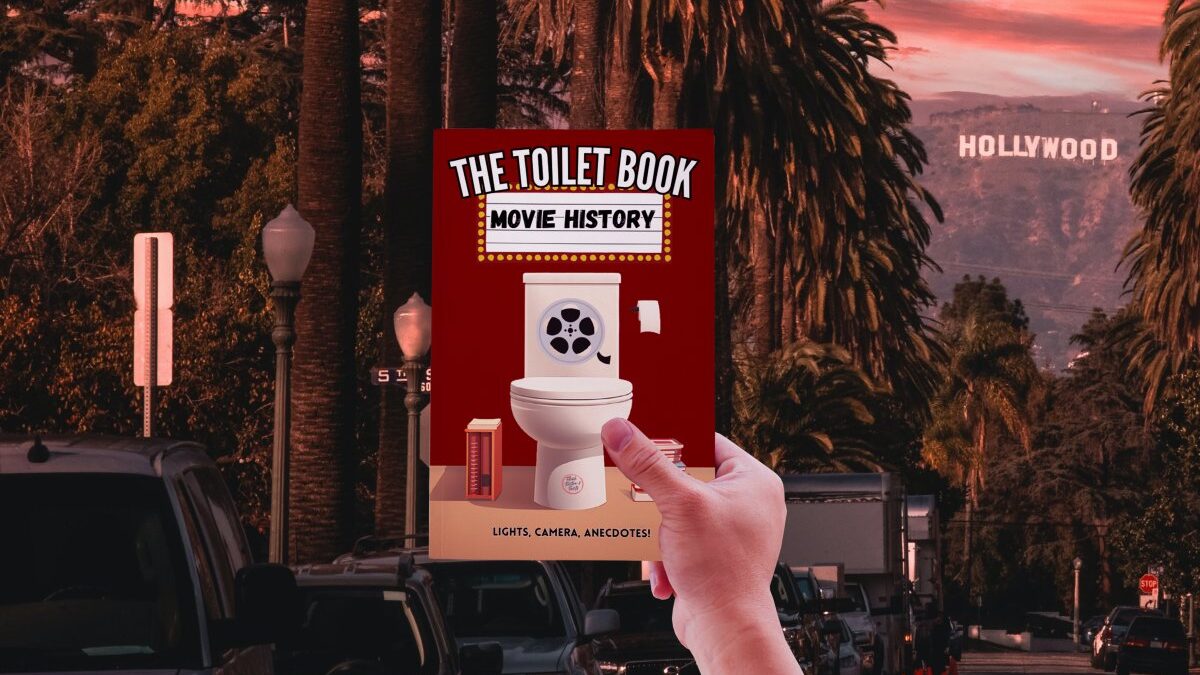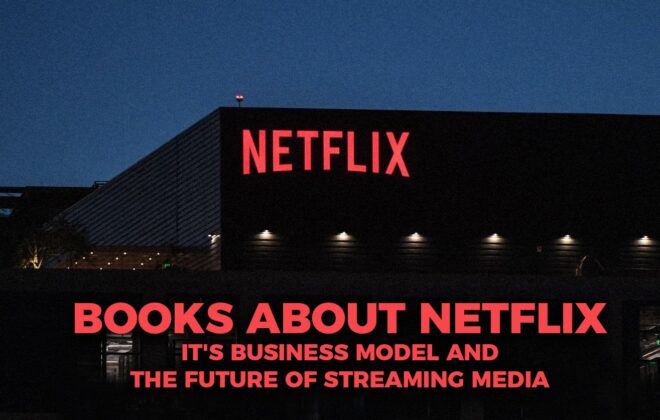The Toilet Book: Movie History by Herman Cooper
Lights, Camera, Anecdotes!
This book aims to elevate your bathroom breaks with a blend of light, engaging, and informative snippets and fun facts from the world of cinema, offering a quick and delightful read for movie lovers and trivia enthusiasts.
The Toilet Book: Movie History is the ultimate bathroom companion for cinema enthusiasts, transforming every restroom break into a filmic journey. Spanning from the silent film era to the future of VR, this book offers concise yet delightful tidbits of film history tailored for those brief moments of solace. Not just a hit with dads as a perfect Father's Day or birthday gift, it appeals to film students, classic movie aficionados, and pop culture enthusiasts alike.
Beyond the usual novelty gifts, this book stands out as the ideal present for anyone passionate about movies, trivia, and humor, making every bathroom intermission a trip to Hollywood's golden age.
AmazonExcerpt from The Toilet Book: Movie History © Copyright 2023 Herman Cooper
Famous Bathroom Scenes
“Psycho” (1960) – Perhaps the most iconic bathroom scene in film history, Alfred Hitchcock's “Psycho” features the chilling shower murder of Marion Crane by Norman Bates.
“The Shining” (1980) – The infamous scene where Jack Nicholson's character utters the line, “Here's Johnny!” while breaking through a bathroom door with an ax.
“Pulp Fiction” (1994) – John Travolta's character, Vincent Vega, has a few critical moments in the restroom, but the most significant one leads to an unexpected and deadly confrontation upon his exit.
“There's Something About Mary” ( 1998) – Ben Stiller's character gets into a painfully embarrassing situation involving a zipper while preparing for his date with Mary.
The Big Lebowski” (1998) – The Dude Jeff Bridges) is attacked in his own home and ends up with his head in the toilet, courtesy of some inept henchmen.
“Dumb and Dumber” (1994) – Jeff Daniels' character, Harry, suffers from a severe case of food poisoning, leading to an uproariously comical scene in a bathroom.
“Bridesmaids” (2011) – After dining at a dubious restaurant, the bridesmaids find themselves racing to a fancy bridal shop bathroom with dire results.
Trainspotting” (1996) – Ewan McGregor's character, Renton, plunges into the “worst toilet in Scotland” in a surreal scene, diving deep into the filth to retrieve some lost opium suppositories.
“Lethal Weapon 2” (1989) – Detective Murtaugh (Danny Glover) finds himself stuck on a bomb-rigged toilet, leading to a tense yet comically handled situation.
Chapter One: The Birth of Cinema (Late 1800s – Early 1900s)
THE DAWN OF A NEWART FORM
As the 19th century came to a close and the world stood on the brink of the 20th, a revolution was quietly brewing in the world of entertainment. Far removed from the confines of stages and theaters, a novel medium emerged, harnessing the marvels of technology to captivate audiences.
This was the dawn of cinema.
From modest devices that allowed a single viewer to catch a fleeting glimpse of movement to the grandeur of early movie theaters, the origins of cinema are imbued with innovation, experimentation, and a touch of magic. The motion picture, as it was fondly called, promised not just a new form of entertainment, but a new way of seeing the world, of sharing stories, and of dreaming dreams.
Imagine the wonder in the eyes of the audience witnessing moving pictures for the first time – trains rushing towards them, fantastical trips to the moon, and the earliest narratives played out in silent symphony on the screen. This chapter embarks on a journey through those pioneering days, when inventors, artists, and audiences alike stood at the cusp of a cinematic universe waiting to be explored.
So, sit back, dim the lights, and let's rewind to a time when the magic of cinema was just beginning to flicker to life.
Roundhay's Record
The first film ever, “Roundhay Garden Scene” ( 1888), lasted just about 2 seconds. Shot in a garden in Leeds, England, it's a testament to the novelty and constraints of early film.
Edison's Vision
Thomas Edison's kinetoscope, introduced in 1894, allowed one person at a time to view moving pictures. This personal viewing experience marked the first commercial step towards cinema.
Lumiere Brothers' Legacy
The Lumiere brothers held the first commercial public screening using their invention, the Cinematographe, in 1895. This event in Paris is where the public cinema experience truly began.
Bollywood's Golden Age
Indian cinema flourished with classics like “Mughal-e Azam” ( 1960), a tale of love set against the backdrop of the Mughal Empire, setting new standards for grandeur.
The British Invasion
While the Beatles rocked the music scene, British cinema had its own revolution with gritty, realist films like “Saturday Night and Sunday Morning” ( 1960).
Rise of the Spaghetti Western
Italian directors, especially Sergio Leone, breathed new life into the Western genre, creating iconic films like “The Good, the Bad and the Ugly” ( 1966).
My profession is online marketing and development (10+ years experience), check my latest mobile app called Upcoming or my Chrome extensions for ChatGPT. But my real passion is reading books both fiction and non-fiction. I have several favorite authors like James Redfield or Daniel Keyes. If I read a book I always want to find the best part of it, every book has its unique value.







